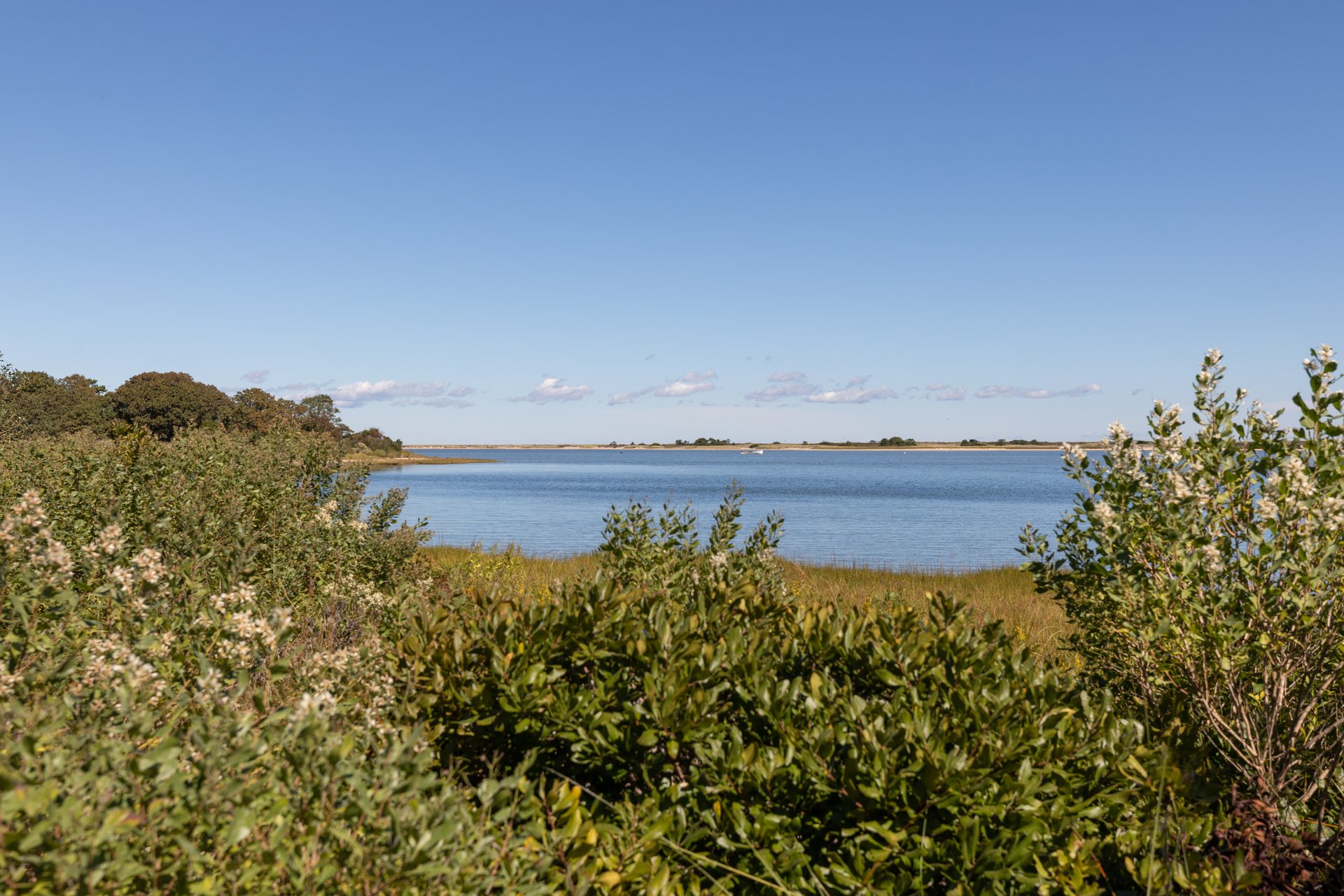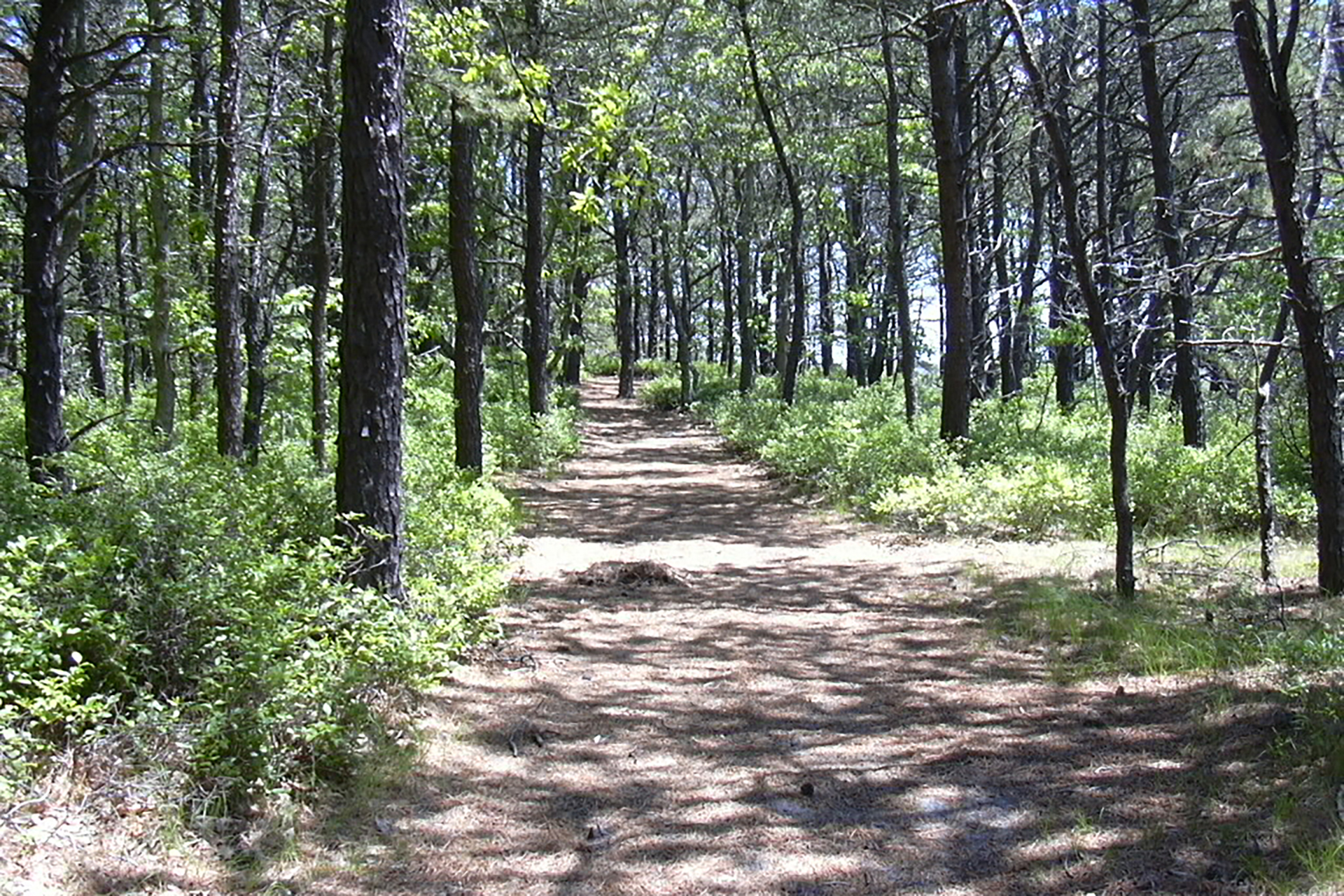Felix Neck News
The Southern Pine Beetle: A Threat to Pine Trees on Martha’s Vineyard & Nantucket Islands
July 10, 2024
The Southern Pine Beetle (Dendroctonus frontalis) may be small, but its impact is anything but. Native to the southeastern United States, this beetle has expanded its territory northward due to warmer winters—a consequence of climate change. In 2023, it made its unwelcome debut on Martha’s Vineyard and Nantucket, becoming one of the most concerning emergent species on the Islands.
Signs of Infestation
The beetles crawl under tree bark, creating S-shaped tunnels that interfere with the tree’s movement of food and water. A telltale sign of the beetle's presence is popcorn-shaped globs of dried pitch on the tree bark. The excess pitch production pushes out the beetle and occurs as the tree mobilizes all its resources for self-defense. As the infestation intensifies, a phenomenon often referred to as a “browning crown” occurs, and the tree’s needles turn orange to reddish brown.
Southern Pine Beetle Now Found on Martha's Vineyard
At a few sites on Martha’s Vineyard, outbreaks of Southern Pine Beetles have been identified. During an annual aerial survey for forest health in July 2023, foresters noticed a “pocket of declining and dying pitch pine trees” in the northwestern section of the State Forest. Further investigation confirmed that the cause was indeed Southern Pine Beetles.
On Nantucket, the only beetle outbreak so far has been on a Nantucket Conservation Foundation (NCF) property at the West Gate entrance to Ram Pasture off Barrett Farm Road. The infestation was confirmed by NCF staff, and the affected area was a stand locally referred to as Marvin’s Woods. As of now, the outbreak is contained to this 13-acre pine stand.
However, the Manuel Correllus State Forest is only 5 miles from Felix Neck Wildlife Sanctuary and Marvin’s Woods is just across Hummock Pond and Lost Farm Wildlife Sanctuary. Mass Audubon staff on both Islands are monitoring our woodlands carefully for the beetle and taking action to make our lands more climate resilient.
Managing Forests for Survival
Faced with the potential for infestation, our Nantucket team swiftly created a Forest Management Plan and thinned a vulnerable 7-acre area of our property. By reducing the density of Pitch Pine stands, we increase the space between trees—think of it as social distancing for trees. This disrupts the Southern Pine Beetle’s communication, resulting in fewer attacks. Additionally, decreased forest density improves tree health and resiliency.
With grants from the Community Foundation for Nantucket’s Nantucket Offshore Wind Community Fund and MassWildlife’s Natural Resources Conservation Service, Mass Audubon’s Nantucket Sanctuaries will be able to continue the recommendations of our Forest Management and Resilience Initiative at Lost Farm Wildlife Sanctuary, including more thinning of Pitch Pine trees, reduction of understory, and monitoring for invasive species.
Looking Ahead
In the upcoming year, Mass Audubon will continue this work at our Island sanctuaries. Once the federally endangered Northern long-eared bat finishes their breeding season in early fall, more thinning will take place at Lost Farm. Additionally, Nantucket Sanctuary's Youth Environmental Steward (YES) staff will monitor for signs of the beetle throughout the summer and assist in managing Lost Farm for stewardship and resilience.
Mass Audubon actively manages land to protect native species and control invasive species, ensuring that Massachusetts' natural habitats can thrive. To support this important work, please consider becoming a member or donating today.




